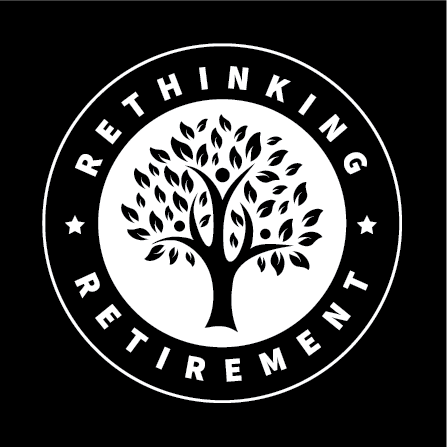Imagine starting a new job and having someone with you, ready to answer all your questions and support you as you learn your new role? A mentor who has been in your shoes and happy to listen to your concerns and to share what they have learned. I imagine you would find this really helpful.
What about a mentor for retirement?
Research by Siu-man, Lingli, and Wang with 161 people who were provided with a mentor to befriend and share their retirement experiences. They met 6 months before and continued until 6 months after their retirement date. Alongside these meetings, assessment measures were taken at 4-monthly intervals, looking at self-esteem, life satisfaction, positive affect, and also anxiety, depression and physical distress.
When we retire and lose our work identity it can impact our self-concept, esteem, and social identity (Riley & Riley, 1994). However, with a passionate active interest this may lead to a new positive identity. Some people will retain their identity through continuing to work, and a mentor could be useful when this is in a new area, but this research was focused on those who would no longer be working, would active interests help with a persons’ identity?
In this research, the individuals were encouraged to pursue ‘active interests’ where they were a participant, not an observer; playing tennis rather than watching, making a film, not going to the cinema, or cooking meals rather than dining out. The research programme was to encourage people to be actively involved.
The mentoring helps both ways.
Mentors provide real-life insights into retirement experiences and offer unwavering emotional support. The mentees, have someone who listens, empathises, and engages in meaningful conversations about retirement plans. The mentor can also benefit by feeling appreciated and more socially connected.
What are active interests?
The active interests are anything that could be categorised into one of these eight dimensions. These are (a) physical challenge, (b) stillness, (c) intellectual challenge, (d) cooperative task, (e) solo task, (f) philanthropic endeavour, (g) spiritual pursuit, and (h) creativity and artistic appreciation.
An activity could include a number of these dimensions. The participants found this list helpful in identifying a range of activities and also looked for those which would cover more than one dimension.
Measurement
The assessments looked at self-esteem, life satisfaction, positive affect, and also anxiety, depression and physical distress. These were completed three times.
Two months before retirement there was an increase in well-being – with significant increases in self-esteem and positive affect, and a decrease in multiple somatic complaints. The mentoring around retirement planning was likely to have helped.
A study in Hong Kong with 90 retirees found that preretirement planning is predictive of positive changes in people’s well-being after retirement (Yeung, 2013). More evidence for the importance of pre-retirement preparation.
However, four months later, (two months after retirement), the results showed a more negative trend with increases in depression, anxiety and somatic complaints and less satisfaction with life. This is likely to be because the individuals were in a period of uncertainty and adjustment. By the end of the research period, this trend had again reversed with satisfactions comparable or better than the preretirement levels.
This suggests that the first few months following retirement are especially challenging and retirees should be aware of, and ready for this.
Previous studies have revealed the increased risk of depression and anxiety during the retirement process (Waller, Kaprio, Korhonen, Tuulio Henriksson, & Kujala, 2016) so identifying what can help has a clear benefit for people. Previous research has looked at the connection between leisure activities and subjective well-being (SWB) with a 2-year longitudinal study on 368 men and women by Pushkar (2010) finding that active interests was associated with increase in positive affect and decrease in negative affect.
Would you like a retirement mentor? Or to be one?
The researchers found that about 40% of the people who went through this programme now wanted to become mentors to others. Very much a case of giving back.
REFERENCES
Ng, Siu-man; Leng, Lingli; Wang, Qi (2017). Active Interest Mentorship for Soon-to-Retire People. Journal of Applied Gerontology, (), 073346481668744–. doi:10.1177/0733464816687448
Pushkar, D., Chaikelson, J., Conway, M., Etezadi, J., Giannopoulus, C., Li, K., & Wrosch, C. (2010). Testing continuity and activity variables as predictors of positive and negative affect in retirement. The Journals of Gerontology, Series B: Psychological Sciences & Social Sciences, 65B(1), 42-49. doi:10.1093/geronb/ gbp079
Waller, K., Kaprio, J., Korhonen, T., Tuulio-Henriksson, A., & Kujala, U. (2016). Persistent leisure-time physical activity in adulthood and use of antidepressants: A follow-up study among twins. Journal of Affective Disorders, 200, 172-177. doi:10.1016/j.jad.2016.04.036
Yeung, D. (2013). Is pre-retirement planning always good? An exploratory study of retirement adjustment among Hong Kong Chinese retirees. Aging & Mental Health, 17, 386-393. doi:10.1080/13607863.2012.732036

